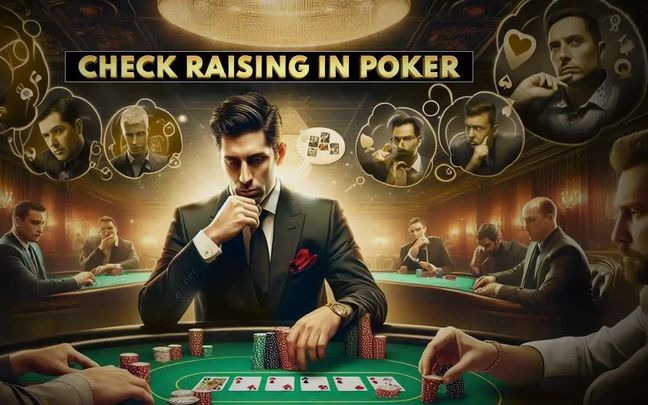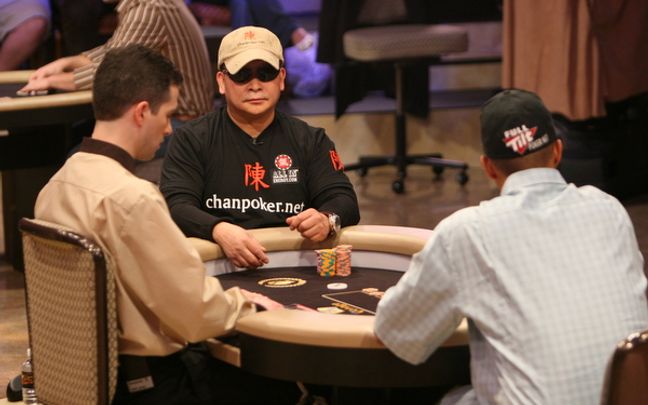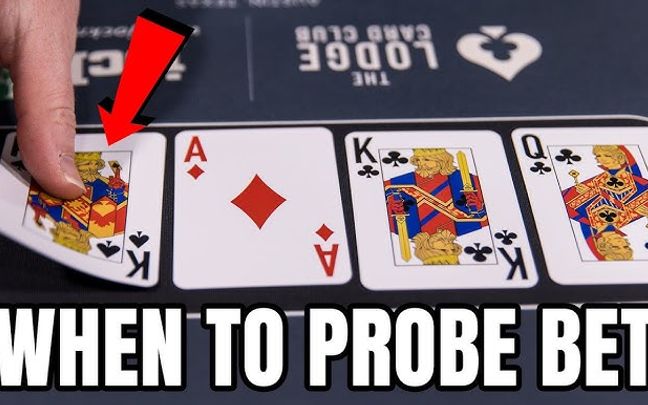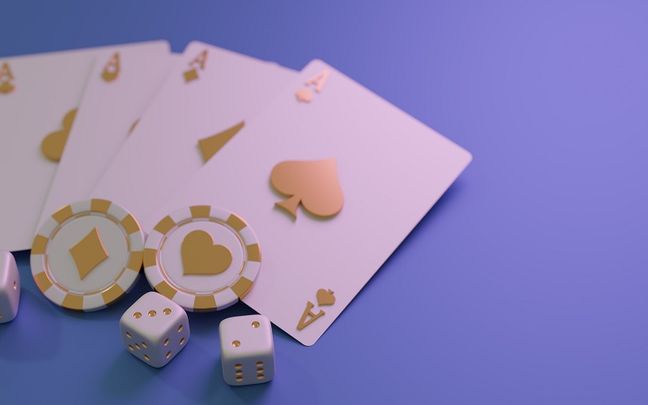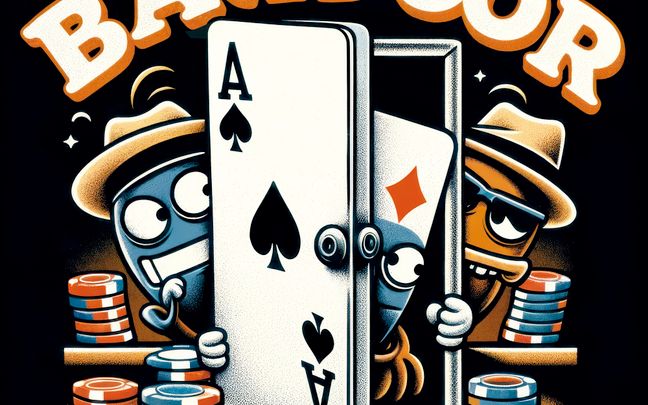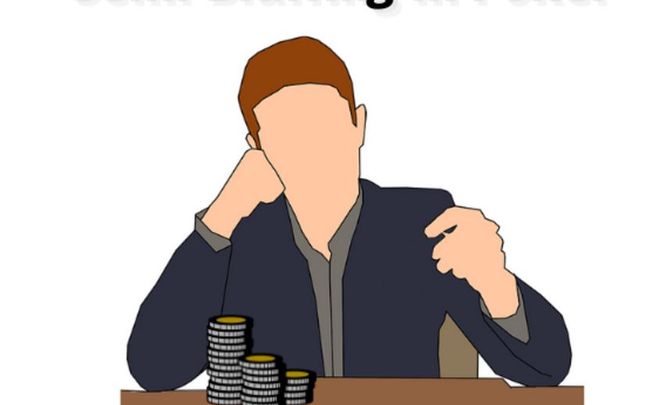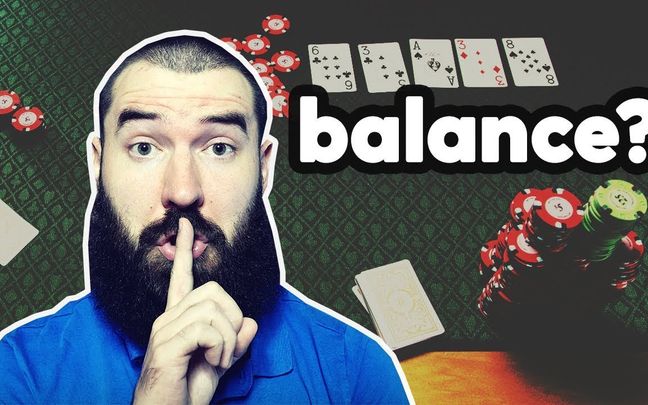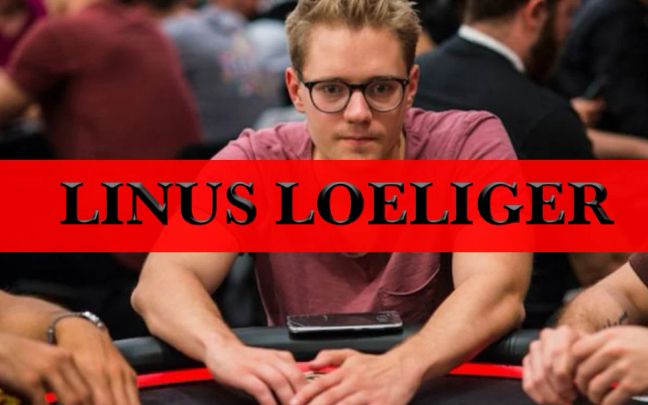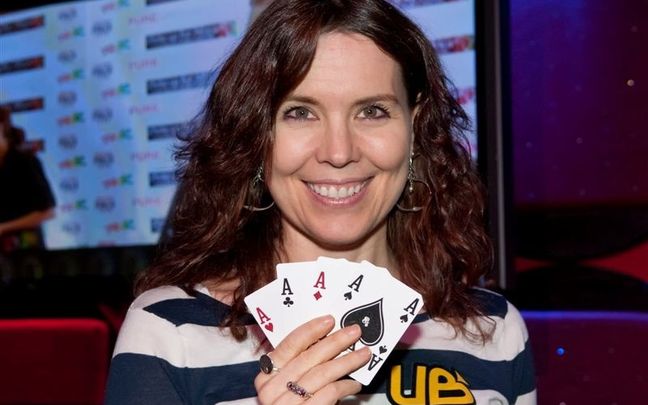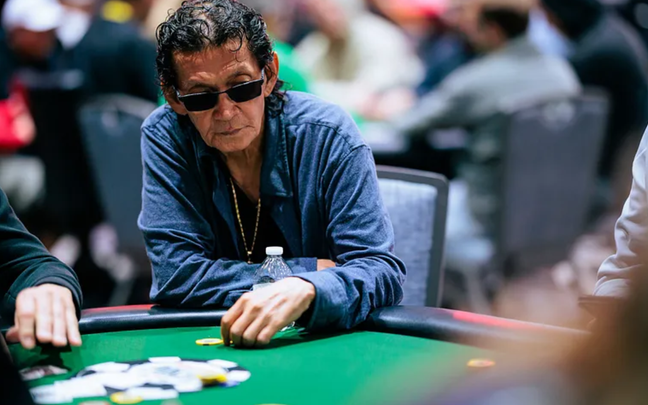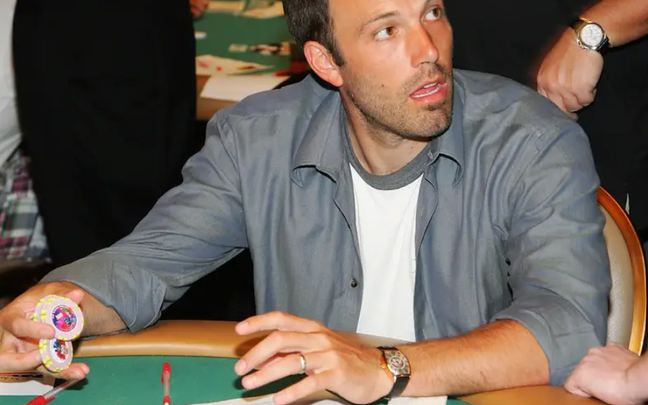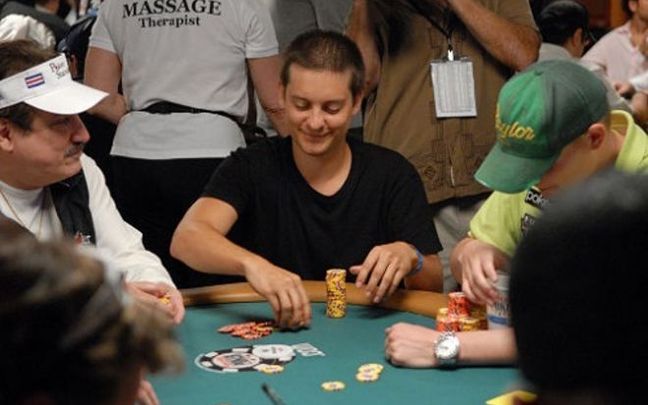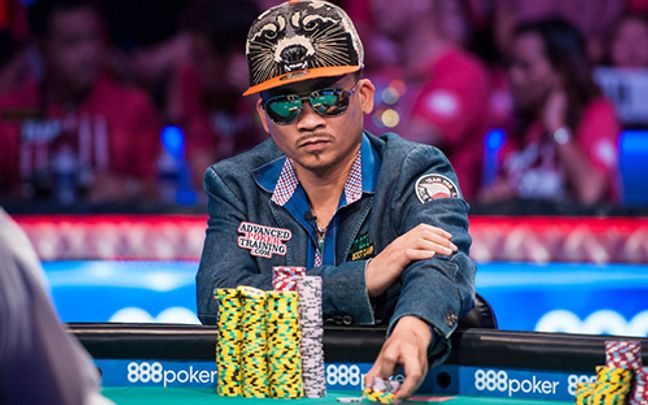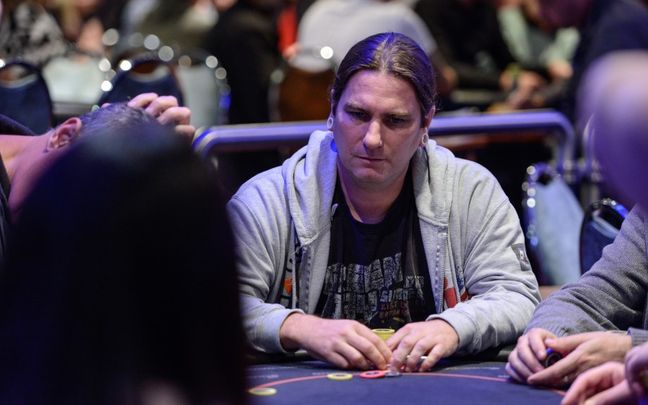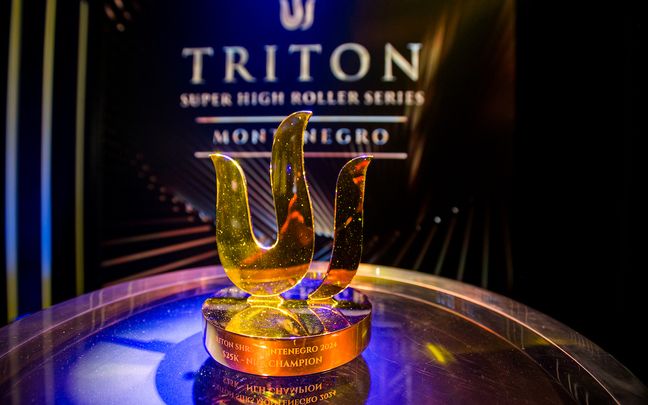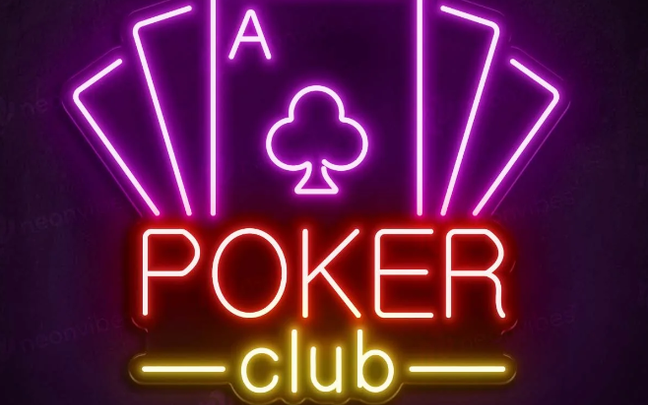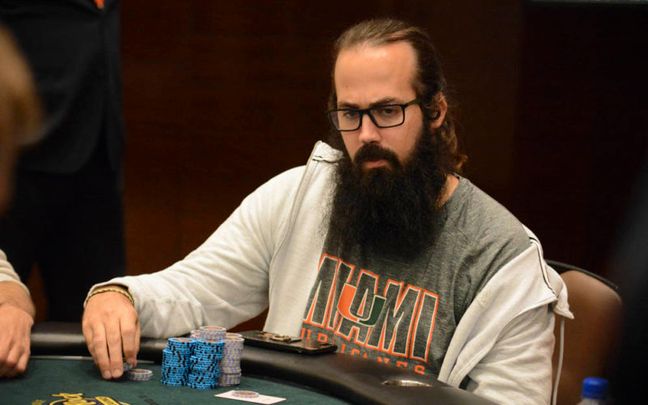What is a poker face, and why is it so important? What sets apart the top players from those who give themselves away under the pressure of the cards? It can be said that poker is not just about the cards or strategy; it also involves a crucial element: the poker face. Let’s explore the definition of a poker face and how to practice it in this article.
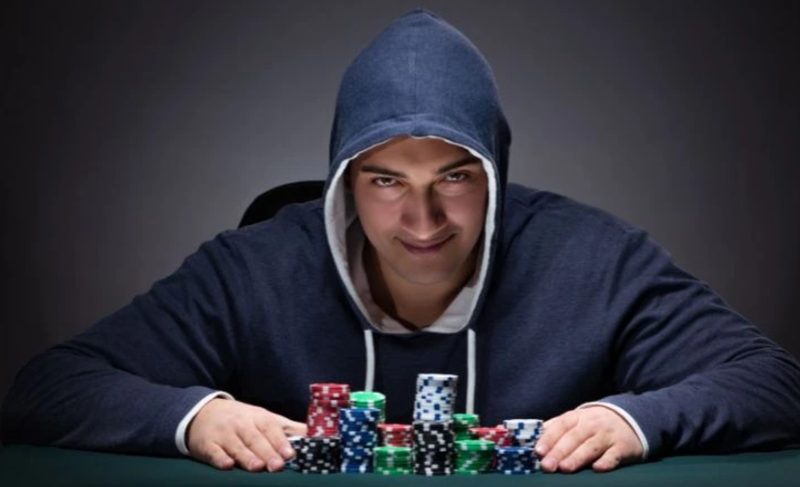
What is the definition of poker face?
To explain the concept of a poker face in the simplest way, it refers to a facial expression that does not reveal any emotions or thoughts. The term originates from poker, a card game where players need to keep their cards concealed. The goal is to prevent opponents from knowing the state of their hand, thereby avoiding the exploitation of any weaknesses.
In poker, the ability to maintain a neutral expression, known as a poker face, is extremely important. You must avoid giving away any hints through your facial expressions, eyes, or gestures, as these could allow your opponents to guess your hand. A skilled player can maintain a poker face throughout the game, making it impossible for others to read their thoughts or emotions.
Beyond poker, the term "poker face" is widely used in daily life and various other fields to describe the ability to control emotions and not reveal true thoughts or feelings. For example, in business negotiations, a person with a good poker face will not disclose their intentions or reactions to their partner's proposals, helping to create an advantage in reaching a favorable agreement. In politics, leaders may also use a poker face to keep their strategies or true emotions hidden from the public and their opponents.
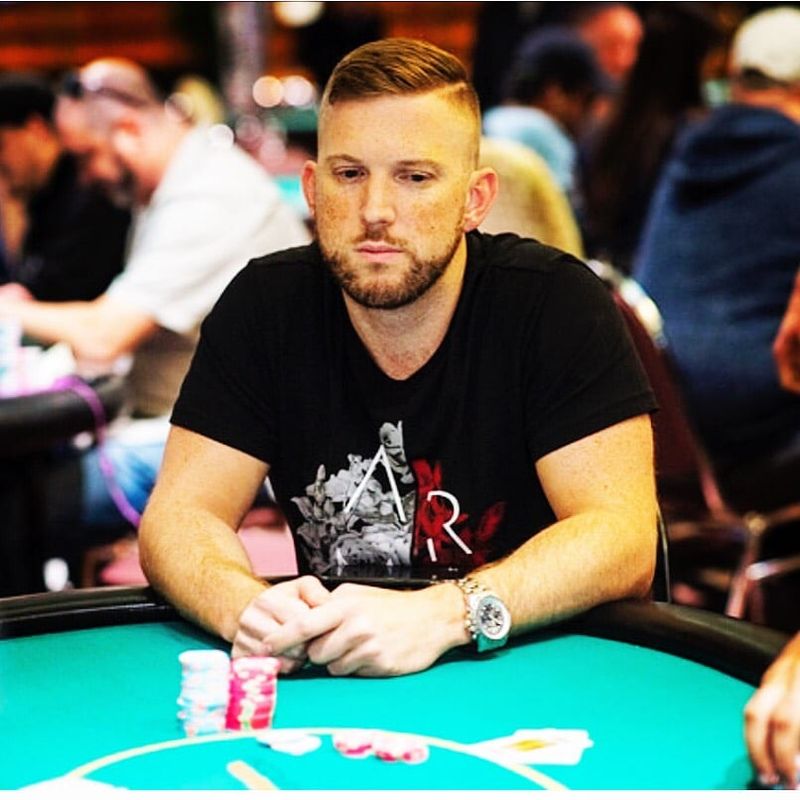
How many types of poker face are there when playing poker?
In poker, maintaining a poker face is a crucial skill that helps you hide your emotions and prevents your opponents from guessing your hand. Below are some common types of poker faces and how to apply them in the game.
Stone-Cold Poker Face
This type of poker face shows no emotions—no smiling, no frowning, no expressions that can be interpreted. This poker face helps you keep your hand completely secret.
How to Apply It:
-
Maintain a neutral expression throughout the entire game.
-
Avoid looking at your opponents or your own cards too much.
-
Minimize unnecessary movements.
Friendly Poker Face
The player appears friendly and relaxed, frequently smiling and chatting with opponents. This type of poker face helps distract opponents, making them feel confused or less vigilant.
How to Apply It:
-
Frequently smile and engage positively with those around you.
-
Maintain a light and cheerful tone when conversing.
-
Ensure that these friendly expressions do not influence your decision-making in the game.
Confident Poker Face
The player exudes confidence, often making direct eye contact with opponents, displaying a determined and assured facial expression. This poker face can lead opponents to believe you have a strong hand.
How to Apply It:
-
Maintain strong eye contact without blinking too much.
-
Display confidence in every gesture and word.
-
Avoid showing signs of anxiety or lack of confidence.
Disinterested Poker Face
The player appears uninterested, often looking around or engaging in other activities to distract opponents. This helps hide any tension and creates an element of surprise in your gameplay.
How to Apply It:
-
Frequently look around, not focusing too much on the game.
-
Appear bored or disinterested in the hand.
-
Avoid expressions or actions that might lead opponents to think you care about the outcome.
Observant Poker Face
The player maintains an alert expression, continuously observing opponents to read their psychology and behavior. This poker face helps gather information without revealing your own intentions.
How to Apply It:
-
Carefully observe your opponents' eyes, gestures, and playing style.
-
Maintain a serious expression without showing emotion.
-
Use the gathered information to make accurate decisions.
Expressive Poker Face
The player uses a range of expressions to confuse or mislead opponents about their hand. This can be an effective strategy if you know how to control and vary your expressions.
How to Apply It:
-
Occasionally change your expressions, from happiness and surprise to disappointment.
-
Use expressions to give false hints to opponents.
-
Adjust your expressions according to the situation and your opponents.
Choosing the right type of poker face depends on your playing style and your ability to read your opponents' psychology. Practicing and gaining experience in various games will help you improve this skill. Once you master maintaining a poker face, you’ll have a significant advantage in deceiving opponents and maximizing your chances of winning.
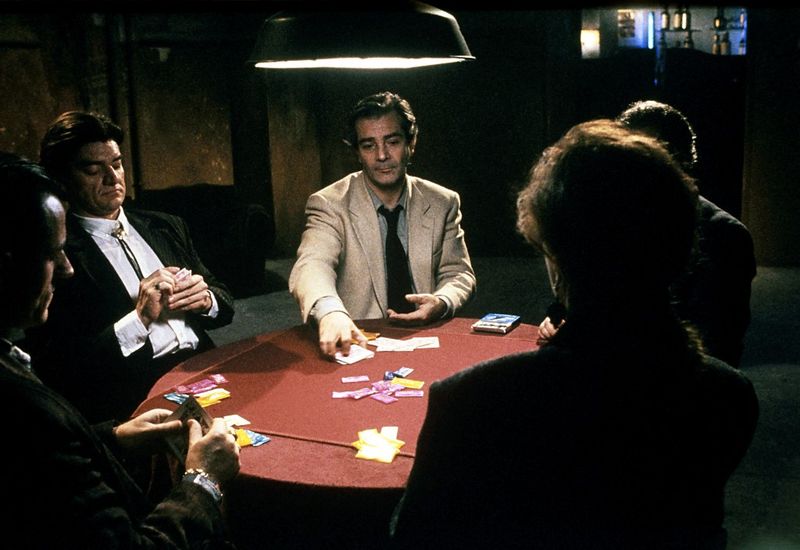
How to practice and keep poker face?
To practice and keep your poker face while playing poker or in other situations, you can apply the following skills.
- Maintain a Steady Body and Expression
This involves keeping a neutral face and not letting emotions show through your body language.
- Control Your Breathing and Voice
Maintaining normal breathing and a consistent tone of voice will help you avoid revealing any emotions.
- Learn to Read Others
If you can read other players, you'll know when to maintain your poker face and when to change your strategy.
- Focus on Emotional Control
Practice not letting your emotions take over, especially when facing pressure.
- Practice and Review
Regular play will help you become accustomed to maintaining a poker face. Review your games to adjust and improve.
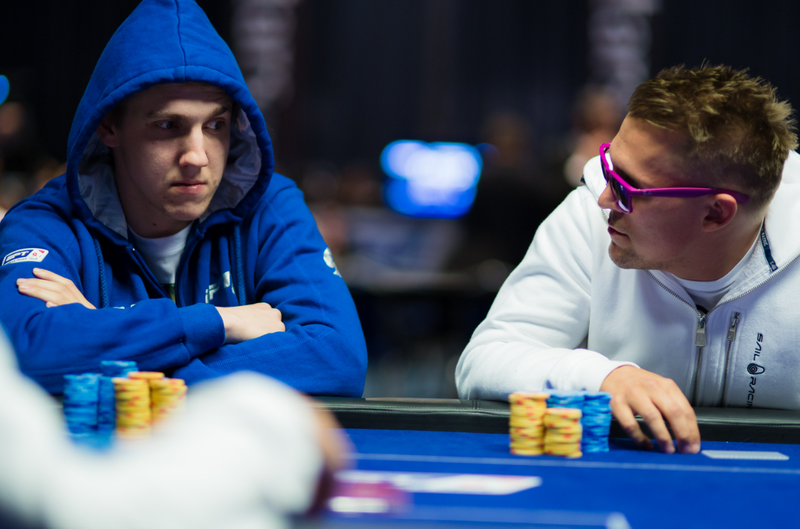
In this way, a poker face is not just a simple strategy but an art that requires patience, skillful expression, and the ability to read your opponents' psychology. It can be applied not only in the world of cards but also in daily life, helping you become more confident in communication and negotiation situations. Therefore, understanding what a poker face is and learning how to use it effectively is not only key to success in poker but also to personal growth and success in life.
